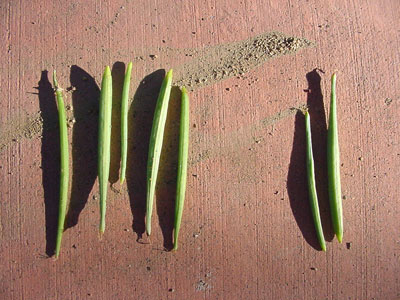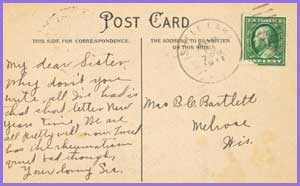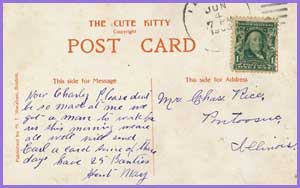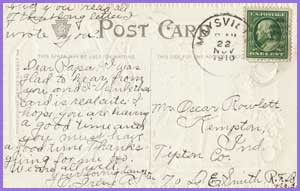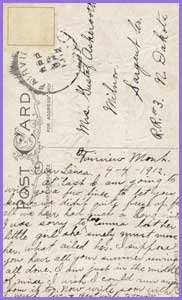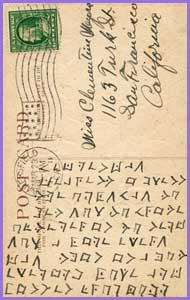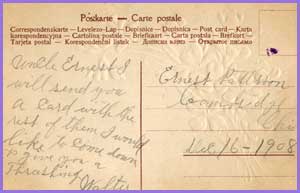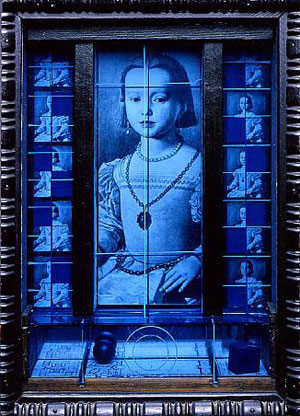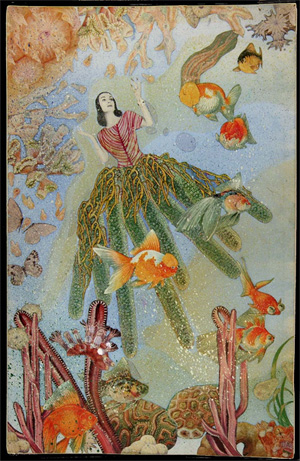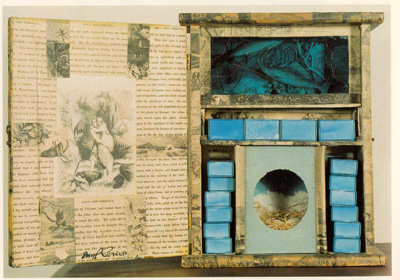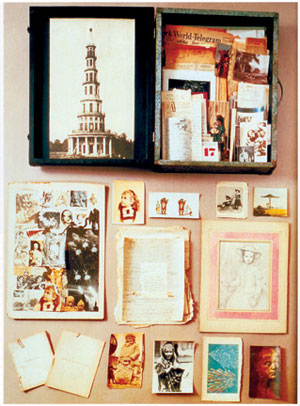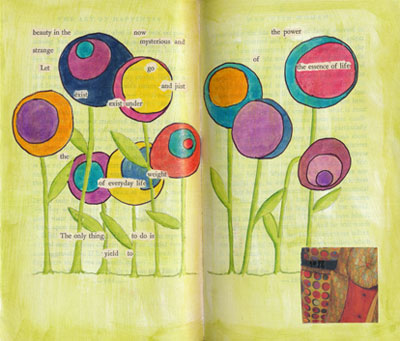
The Art of Happiness – Page 45
My summer vacation is winding down. I’m trying to squeeze every last drop out of it. My to-do list has been fairly well completed, but my want-to-do list never ends– it just gets pushed around.
Yesterday I went to school to interview a woman who has applied to teach a history/English combo for 6th, 7th, and 8th grade. It’s a challenging schedule, but her enthusiasm, cheerfulness, and positive attitude about teaching were awe-inspiring. I’m hoping she gets the job and some of her exuberance rubs off on me. After twenty-five years of teaching, I am always looking for new ideas and renewed inspiration.
After the interview, I got my keys and went into my classroom. All the student desks are piled up on one side of the room. I think (hope) they’re getting ready to clean my carpet. I look around, just to get my bearings, and pick up my “First Weeks of School” folder. Time to update my parent/student letter.
The first weeks of school are always exciting. I never fail to get butterflies in my stomach as I begin the first day and see 150 new faces anxiously looking up at me, wondering if my class will be fun and if I will be nice to them. A few years ago I began starting the first day by waiting at the door, shaking hands, and introducing myself to each student. I want them to know that I do care about them and am going to try to make their 7th grade year in English a positive one. When they get into class, I start by reading them the picture book The Teacher from the Black Lagoon. It’s about a boy who dreams that his teacher is a horrible monster, but at the end he wakes up and finds a lovely young teacher there welcoming him. I read it very dramatically (I almost have it memorized!) and I move around the room. I watch to see who laughs and smiles, and who resolves to wear a stony grimace throughout the tale. I know that they are the ones who I will have to work especially hard to win over.
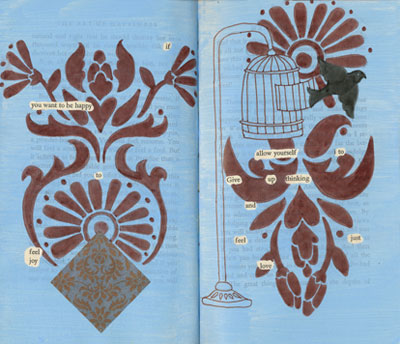
The Art of Happiness – Page 46
The students are on especially good behavior those first two weeks. They’re well-mannered, quiet, attentive. It’s because they don’t know each other yet and are shy about talking. I do everything I can to get them to feel comfortable with each other, and that often becomes my undoing. The more at-ease they feel in my class, the less disciplined they become. They start to talk to each other more, and I find myself having to compete for their focus and attention. I have to start repeating myself and raising my voice to get them to settle down and listen to instructions. The more fun things we do, the more they expect — but we have a lot of serious work to do and I can’t be entertaining all the time. Before I know it, they feel comfortable enough with me to make little comments when something is “boring” (is there anything worse??) I’ve learned that I can’t please 150 twelve year olds all the time, but I do try.
I didn’t plan on writing about school today, I guess I just have some of that start-of-the-year anxiety. What I really wanted to talk about was the fact that I finished eight more pages in my Art of Happiness book.
I’ve been working on this book in spurts for the last four summers. Usually when I start working on it again, I re-read everything I’ve already done. It’s interesting to me to see how my choice of words for the poetry has changed from when I started writing it. I don’t have dates for when I completed the pages, but I can remember events that were occurring at different times while I was working on it. I can get a good idea of when I was feeling blue or when I was feeling more positive. It all comes through in my color and word choices as they unfold on the page.

The Art of Happiness – Page 49
Once school starts, my art has to go on the back-burner again. That’s one of the things that makes returning to work so difficult. I always have to remind myself that I’m lucky that I got so much time to myself in the first place, it’s just that it goes by so fast. Like the last four years working in this book. Four years! Where did they go?


